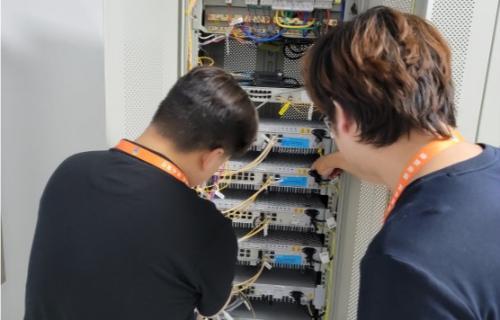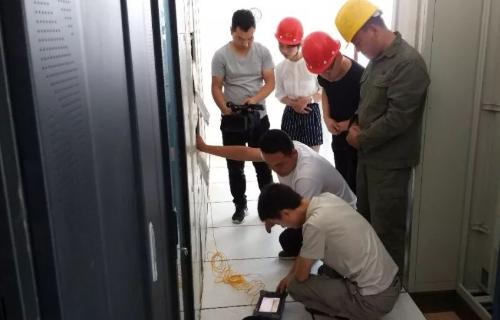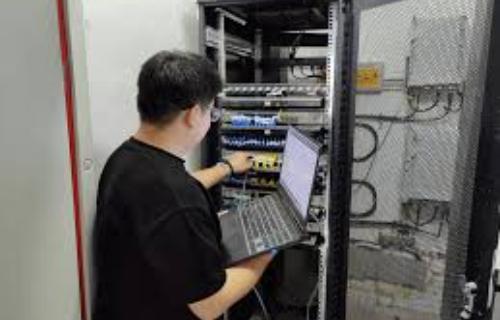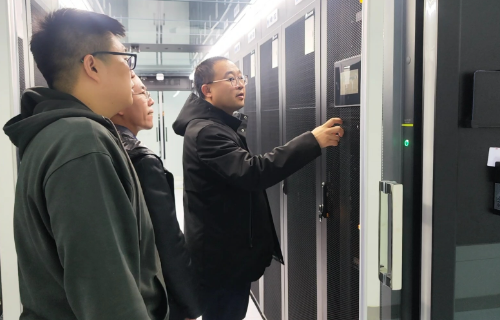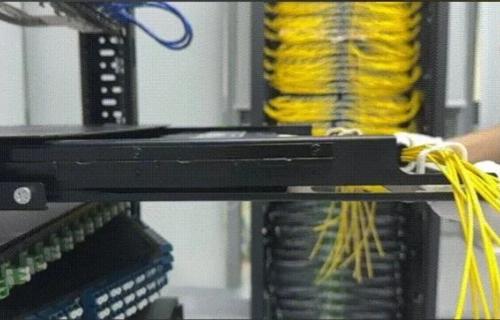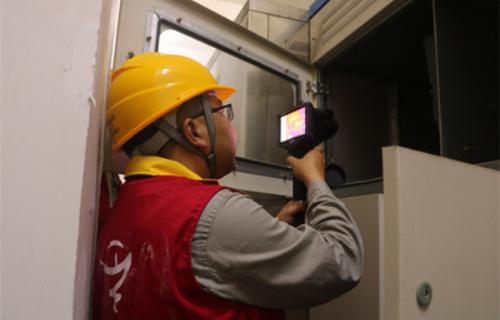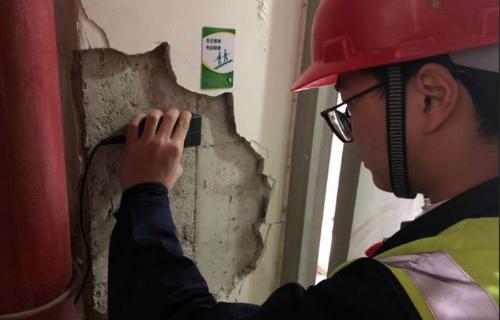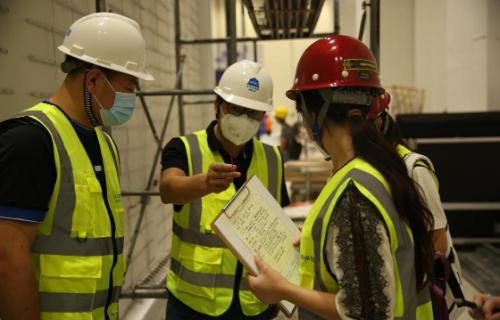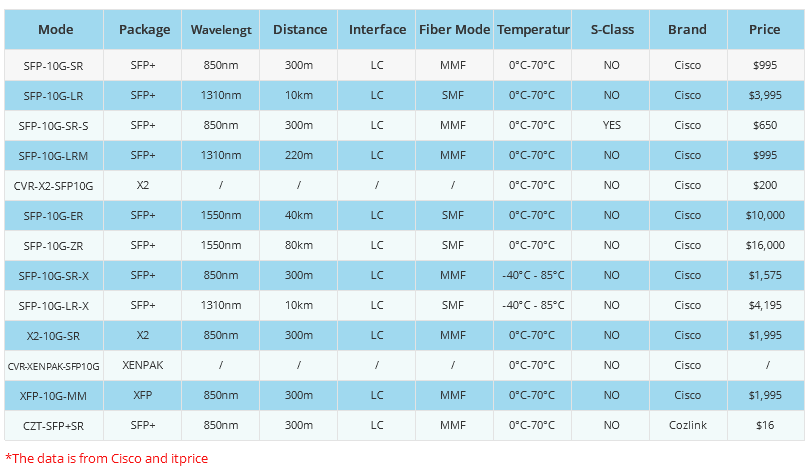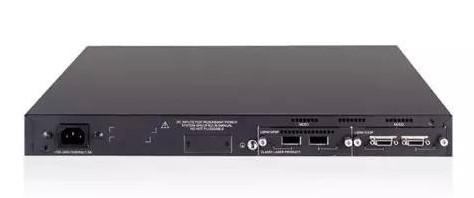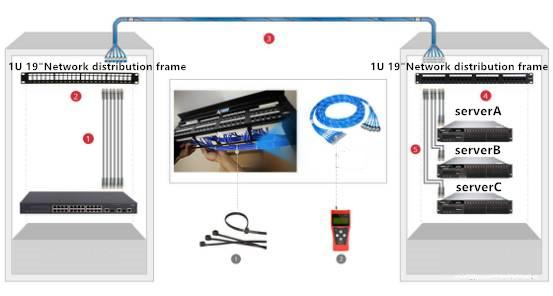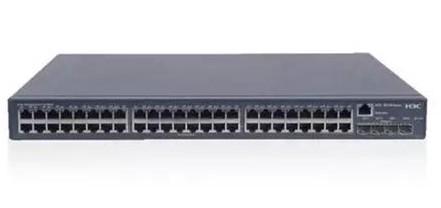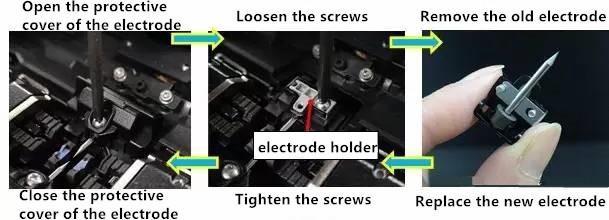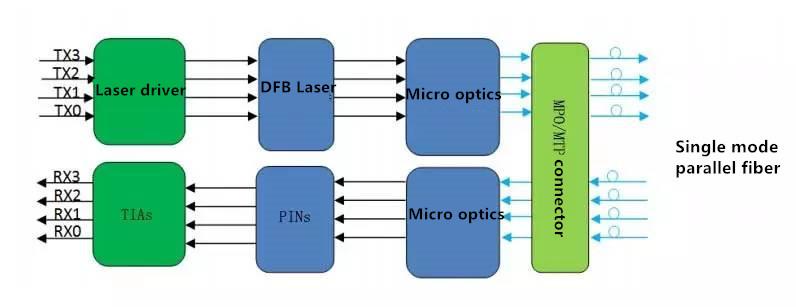It is hard to imagine computers that were outside of a network due to the rise of the Internet, but there was a time in which computers were loners. Internal network cards allowed computers to become social and communicate with each other. The internal network card has also been known as network interface controllers,, network interface cards (NIC), network adapters,, and in LAN (local area networks) environments, LAN adapter is.
Prior to the mid-1990s, the cards were implemented externally and plugged into the motherboard. Ethernet protocol rose to be the standard, somewhat based on its low cost and versatility. Token rings have all but become obsolete. Each Ethernet card has a unique MAC address, which is a 48-bit serial number that is stored in the ROM (read-only memory). Speeds of Ethernet network cards include support for up to 1000 Megabits per second. The internal network card connects a computer with online services via a modem.
External Network Card
External NICs are useful for desktops and laptops that do not have an internal NIC when the consumer does not wish to install one internally. These NICs come in a few forms. Sometimes they look like flat credit card that slide into the PCMIA card slot, and sometimes they are small devices that plug into the RJ-45 jack or into the USB port. External NICs are also useful while traveling or for boosting a wireless signal.

Difference between Internal Network Card and External Network Card
The computer has a communication system called buses, aptly named because they ferry data back and forth. Each computer has its own bus system. Very old computers have an Industry Standard Architecture, or ISA bus, which is now obsolete. The Peripheral Component Interconnect, PCI, bus came next, followed by the PCI Express (PCIe). It is not likely that the computer manual will state which bus the computer has, so the consumer will need to consult the motherboard manual or look up the make and model online for further technical assistance in determining the bus system. Once the bus system is known, then the consumer can refine their search for an internal NIC. Internal NICs will have at least one RJ-45 jack, but a dual jack offers more functionality. A coax cable connection is needed for some network environments.
External NICs for the desktop also need the correct system bus compatibility. For laptops, the PCMIA slot and the USB port are the options. The Personal Computer Memory Card International Association (PCMIA), also known as the PC card, is on older laptops, not on most new ones. Look at the computer manual, verify the type of PCMIA slot, and purchase a NIC that is compatible for Type 1, 2, 3, or 4. The USB port is a more typical connection, and a wide variety of external networking devices fit in this connector. External NICs vary in strength from a complete connection to a signal booster to a powerful antenna.
Summary
Newer computers usually have the NIC installed on the motherboard. To upgrade these, a new motherboard or expert technical help is needed. Instead, the user can obtain an external NIC for networking. Additionally, an external NIC with a strong antenna is sometimes the only solution for picking up Wi-Fi signals. Speed and strength are important, so consider getting the fastest NIC possible and when buying wireless, find a powerful antenna. Both internal and external, Ethernet or Wi-Fi cards and devices are easily found in stores and online at reasonable costs from retail and auction sites including eBay.










































